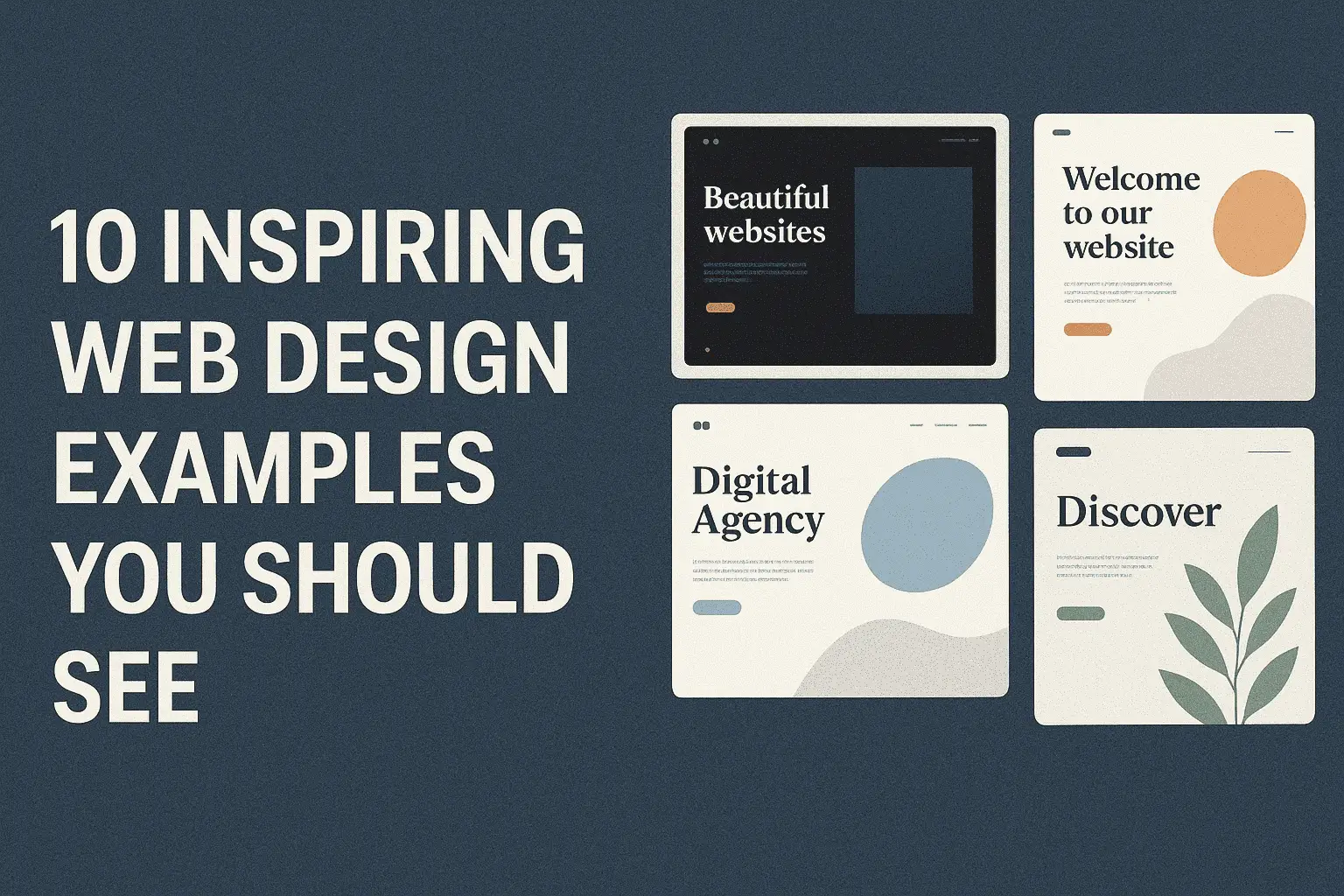Design plays a pivotal role in how long visitors stay on your blog. Even the best content can fall flat without a user-friendly and visually appealing layout. In this guide, we’ll walk through essential blog design strategies to improve readability, boost engagement, and reduce bounce rates.
1. Prioritize Readability
- Use clean, legible fonts: Choose fonts like Open Sans, Roboto, or Georgia for clarity. Use no more than two font families.
- Line height & spacing: Ensure enough spacing between lines (1.5x the font size) to reduce eye strain.
- Limit paragraph length: Break text into small paragraphs (2–4 lines) for easy scanning.
2. Establish a Visual Hierarchy
- Headers and subheaders: Use H1 for titles, H2 for main sections, and H3 for subsections.
- Bold and italics: Highlight important info without overusing.
- Contrasting colors: Make CTAs (calls to action) stand out with high-contrast buttons.
3. Optimize Navigation
- Sticky menus: Keep navigation visible for ease of access.
- Related posts: Use plugins or custom code to suggest relevant content.
- Category structure: Organize content into clear, intuitive categories and tags.
4. Include Engaging Visuals
- Custom images and illustrations: Use tools like Canva or Figma to create visuals that align with your brand.
- GIFs and animations: These can add personality and explain concepts better than text.
- Use whitespace: Don’t overcrowd the layout. Negative space improves focus.
5. Ensure Mobile Responsiveness
- Over 60% of blog traffic comes from mobile devices. Use responsive frameworks (like Bootstrap or Tailwind CSS).
- Test across different devices and browsers for consistency.
6. Enhance Loading Speed
- Compress images (via TinyPNG or ShortPixel).
- Use caching plugins like WP Rocket or LiteSpeed Cache.
- Lazy loading: Load images only when they appear in the viewport.
7. Create Interactive Elements
- Polls, quizzes, sliders: Increase time-on-page with tools like Typeform or WPForms.
- Comments and likes: Encourage feedback and discussion with threaded comment systems.
8. Build a Consistent Brand Identity
- Logo, color palette, and tone: Ensure consistency across pages.
- Favicon and social media branding: Reinforce recognition and professionalism.
9. Use Analytics and Heatmaps
- Use Google Analytics or Hotjar to track how users navigate your site.
- Adjust layout based on user behavior (e.g., repositioning CTAs, improving sidebar content).
10. Update Old Designs Periodically
- Trends change. What worked in 2018 may look outdated today.
- Refresh layouts every 2–3 years or when engagement metrics dip.




